|
Algae is often overlooked by divers on a coral reef, but it's here that we find some of the most interesting and colorful little animals in the Caribbean. Sap-sucking slugs (or sacoglossans) feed on algae but do not fully digest it. Instead, they keep the chloroplasts alive as a continuing source of food. These tiny plants cells are trapped inside the slug's body, still producing sugars by normal photosynthesis. Only now they are feeding an animal instead of a plant! This is called kleptoplasty, and these are the only animals known to feed in this way.
The bodies of many of these sap-sucking slugs are almost completely transparent. This allows more sunlight to pass through and reach the plant material living inside their bodies, but makes them harder to spot. Where to Find them:
plenty of New Discoveries to make:It's always exciting to find new things on the reef, and hunting for these little creatures has become almost an obession for me over the last year. With the help of a group of friends (who have much better eyes than I do!) and doing long slow shore dives, the updated third edition of Caribbean Reef Life now has sixteen distinct species of sap-sucking slugs, and the list continues to grow!
So that's one more species I can now move out of the "Unknowns" folder and add to my list. Who knows what's still waiting to be found? Give the coral a break every now and then; take the time to go slow and poke about in the algae. The new finds are worth it. Happy hunting!
Mickey Charteris
3 Comments
11/25/2017 11:41:07 am
Very nice Mickey. Good layout, images (as always) and supporting text/captioning.
Reply
Leave a Reply. |
AuthorMickey Charteris is an author/photographer living on Roatan. His book Caribbean Reef Life first came out in 2012 and is currrently into it's sixth printing as an expanded fourth edition. Archives
August 2019
Categories
All
|
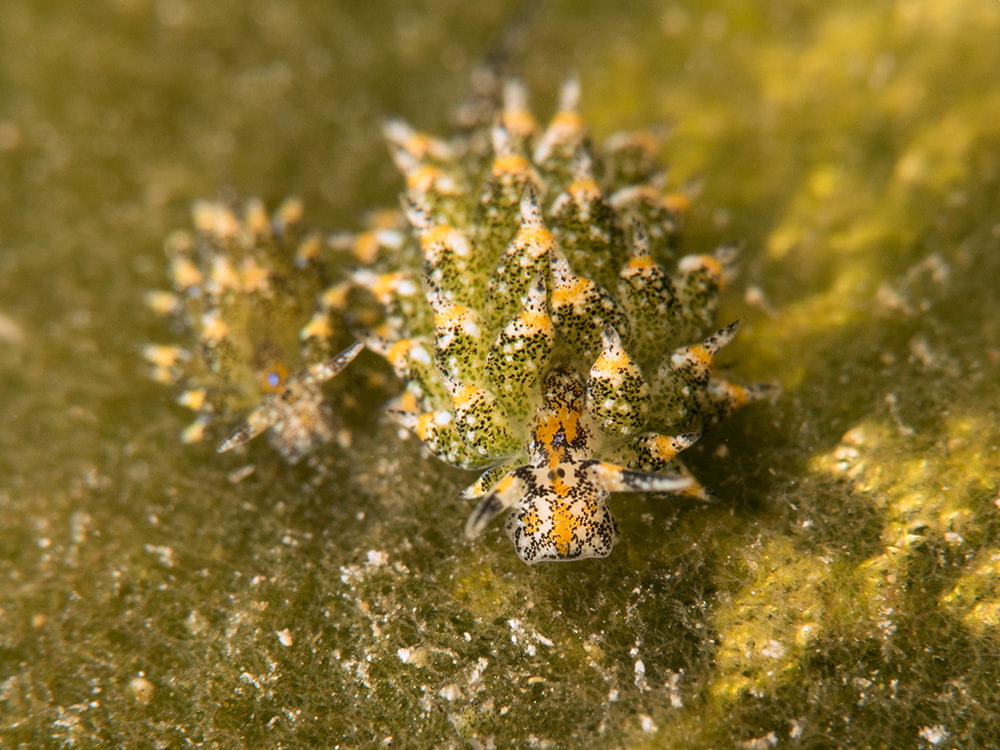
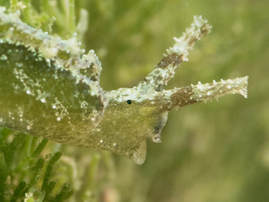
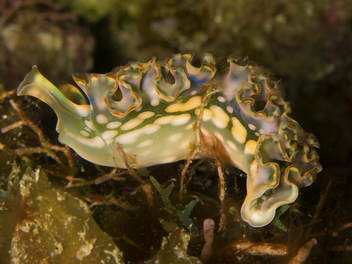
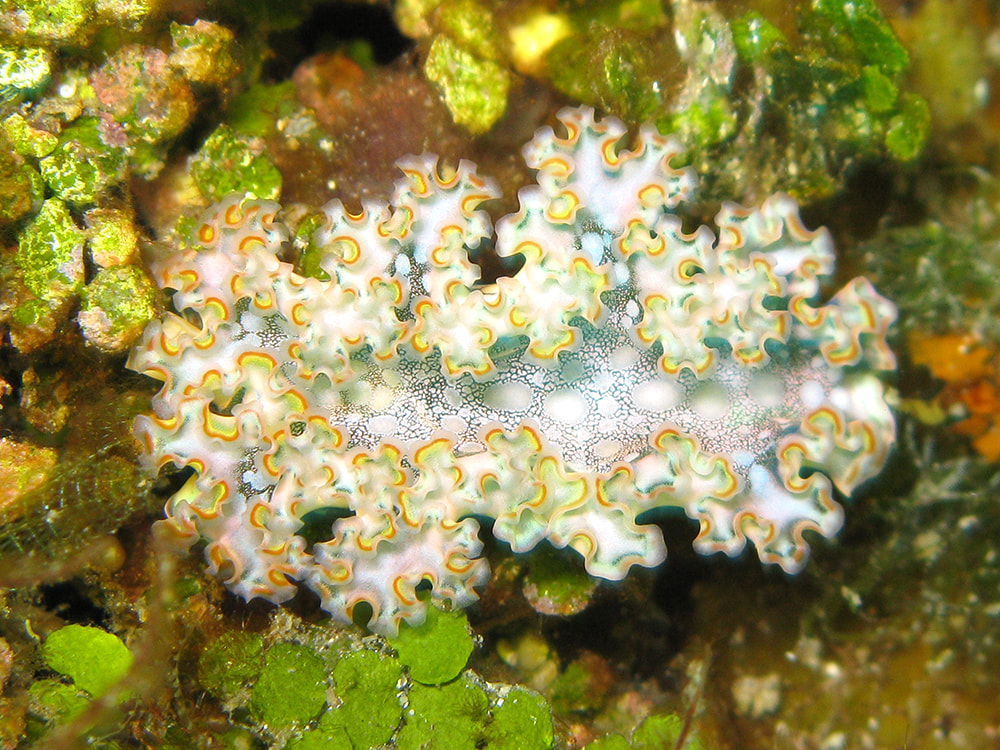
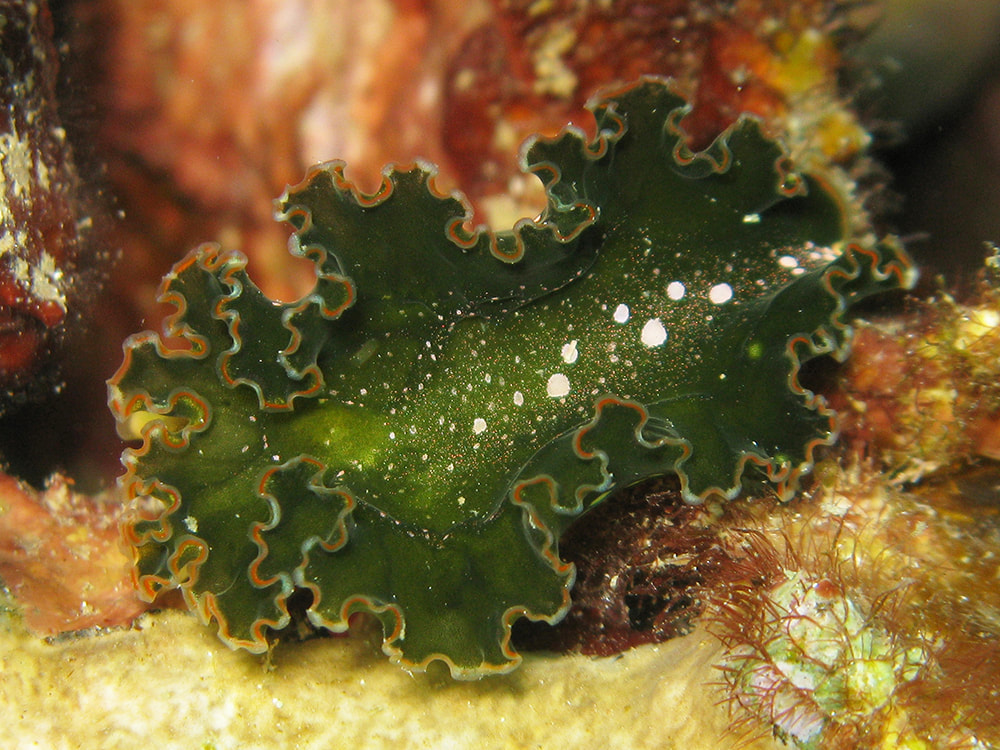
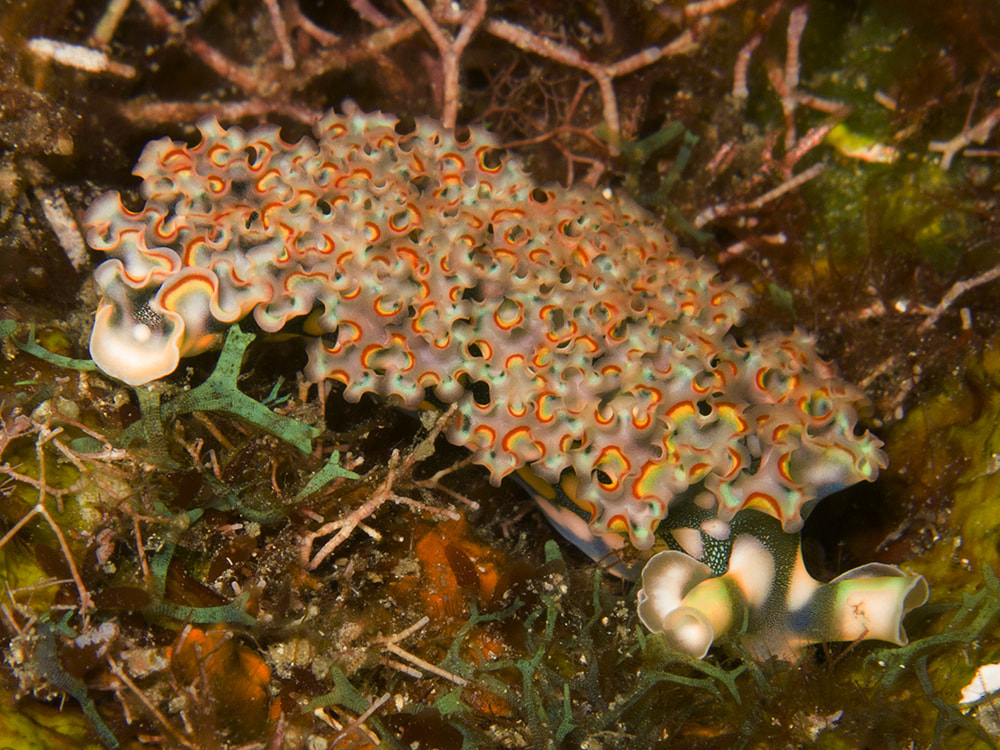
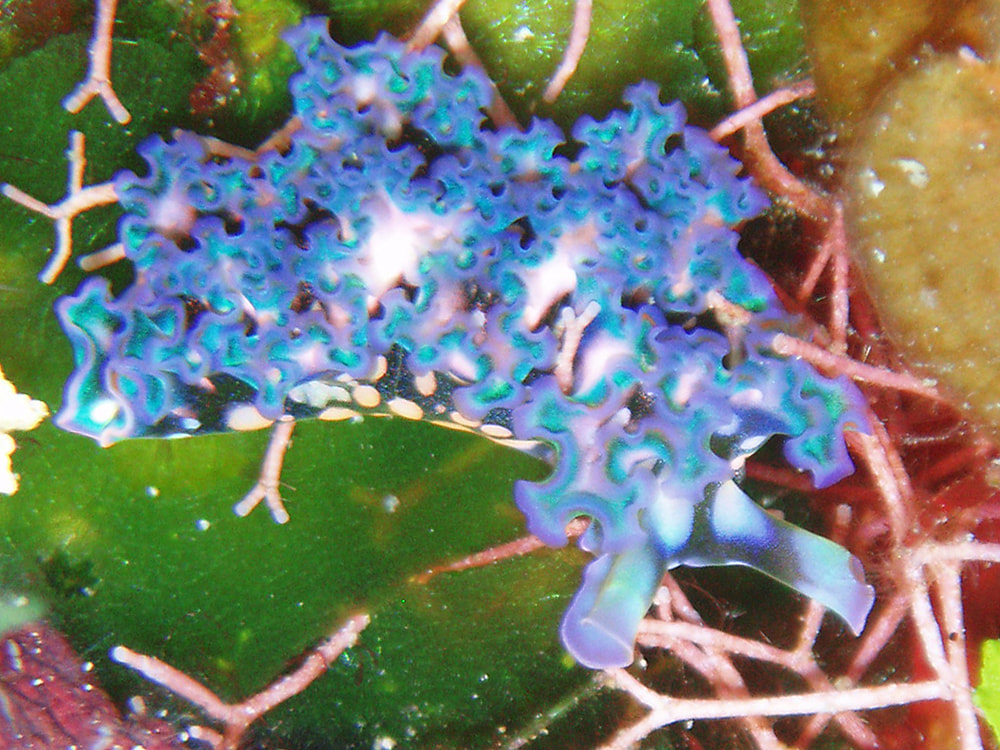
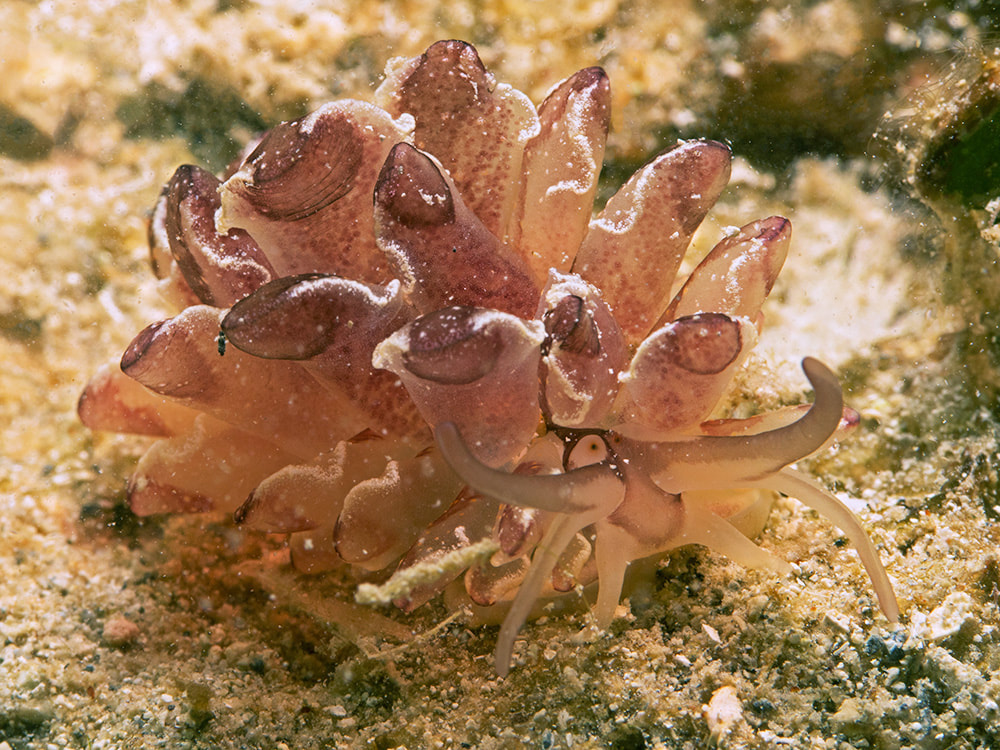
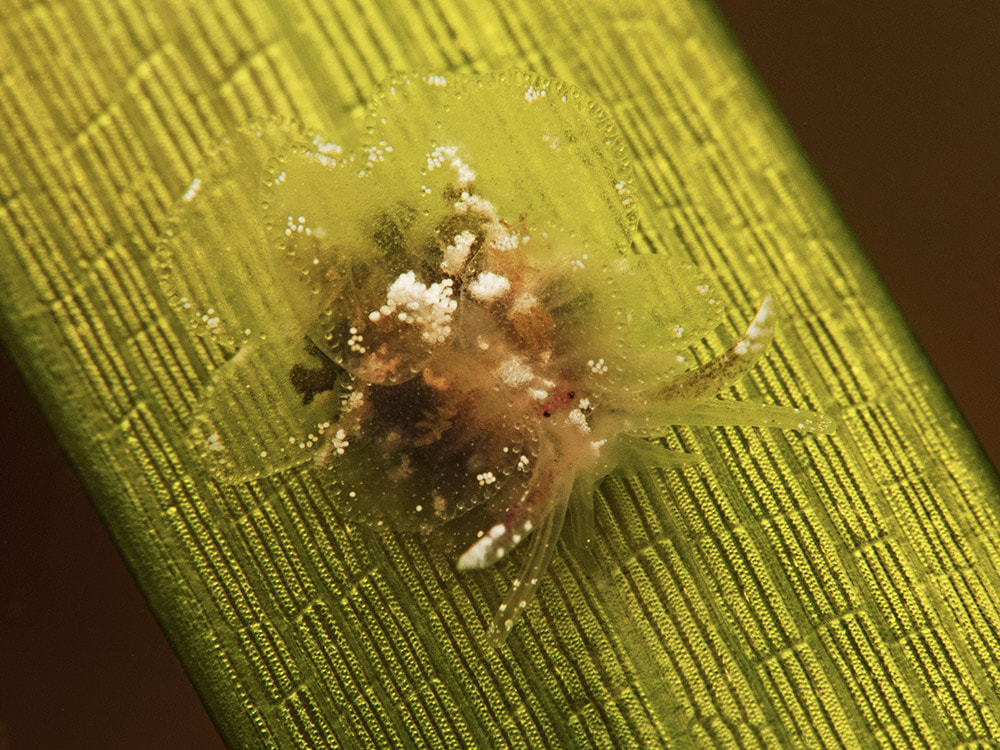

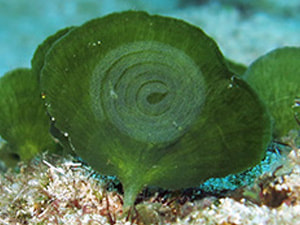
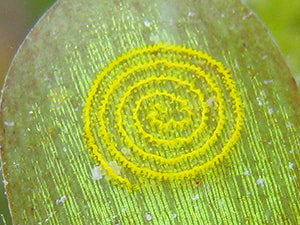
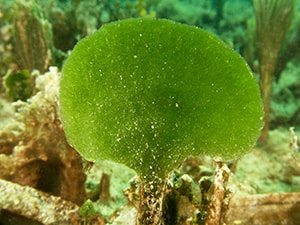

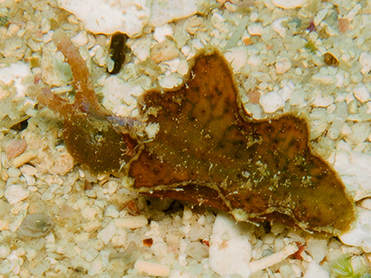
 RSS Feed
RSS Feed